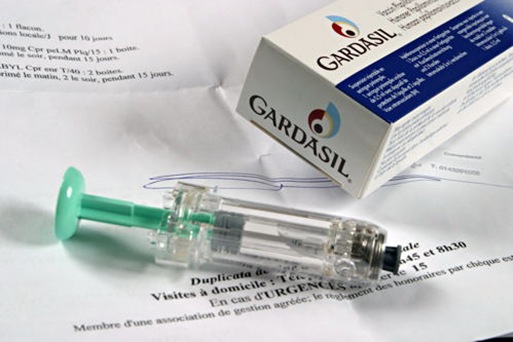
Well, hardy har har, isn’t that what men have been doing since 2012? Several leading medical groups warn that they do not have the answer. Both the USPSTF and the collective health groups say that men have to decide for themselves whether to take an imperfect PSA test or not. These new draft guidelines do not provide any specific advice on the topic. USPSTF chair, Dr. Kirsten Bibbins-Domingo insists that the lack of advice is the best advice. “This isn’t a one-size-fits-all recommendation,” she says in an article on DailyMail.co.uk. “Other men will realize the likely benefit is small and aren’t willing to risk the harms.”
The harm Dr. Bibbins-Domingo is referring to is the supposed negative effects of PSA screening. The test is a simple blood test that measures a protein produced by the prostate. It is meant to detect prostate cancer, but has been seen to not save lives. If you’re scratching your head right now, here’s a brief summary of the limitations of the test. In theory, low PSA levels are good and high PSA levels are bad. However, even excluding for age and race, there are other factors that could cause a man’s PSA levels to rise (like an infection or recent ejaculation).
The FDA approved the use of the PSA test in 1994 in conjunction with a digital rectal exam (DRE). Men who undergo PSA testing usually were recommended to take a DRE to further help doctors diagnose the problem correctly. Even then, doctors saw that a number of benign conditions resulted in a high PSA number. These non-cancerous conditions were misdiagnosed, and led to thousands of men undergoing unnecessary radiation or major surgery. The number of false positives caused the USPSTF to not recommend the test at all. (Related: Be kind to yourself by knowing what is real, and what is just misinformation by reading the articles at CancerScams.com.)
Recently, however, new evidence indicated that routine PSA blood tests can slightly reduce the chances of men dying from prostate cancer. Drastic measures such as radiation or surgery can be avoided with close and active monitoring once the cancer is detected.
Yeah, so now what?
The “solution” (for lack of a better word) for prostate cancer screening is shared decision-making, recommends the task force. Both patients and doctors should work together to come up with the best treatment plan for the specific case. The crucial factor is timing. USPSTF suggests screening should begin at age 55. Other groups say earlier (around 40-45), depending on family history of prostate cancer and other factors. Then there are doctors who discourage testing for men older than 70, while others say that testing should be done continually. The panel leaves this discussion open-ended, merely stating that it has no recommendation, but those with a family history of prostate cancer are at higher risk of developing the disease.
Dr. Eric Klein, chairman of the urology department at the Cleveland Clinic said in the same DailyMail.co.uk article, “Having worked in urology before PSA tests in the 1980s, I have personally seen the value, and I will always take the view that it does more good than harm. Of course, it is not necessary for all men. But to say it does not have value [as the U.S. Preventive Services Task Force said in 2012] is incorrect, in my opinion.” Dr. Klein said that other than the PSA, there are other effective tests to determine prostate cancer risk such as the OPCO4K, ISOPSA, and the Prostate Health Index, which men should consider. Still, he lauds the new (if somewhat vague) recommendations of the USPSTF.
“The newer recommendation should empower men to be proactive about learning about the benefits and risks of screening and not avoid asking about [prostate cancer]...men should ask for the facts and not be shy about asking to have a PSA ordered if they feel it’s in their best interest to do so,” concluded Dr. Klein.
These new prostate cancer recommendations are open for public comment on the USPSTF website until May 8.
Sources include:
Please contact us for more information.























